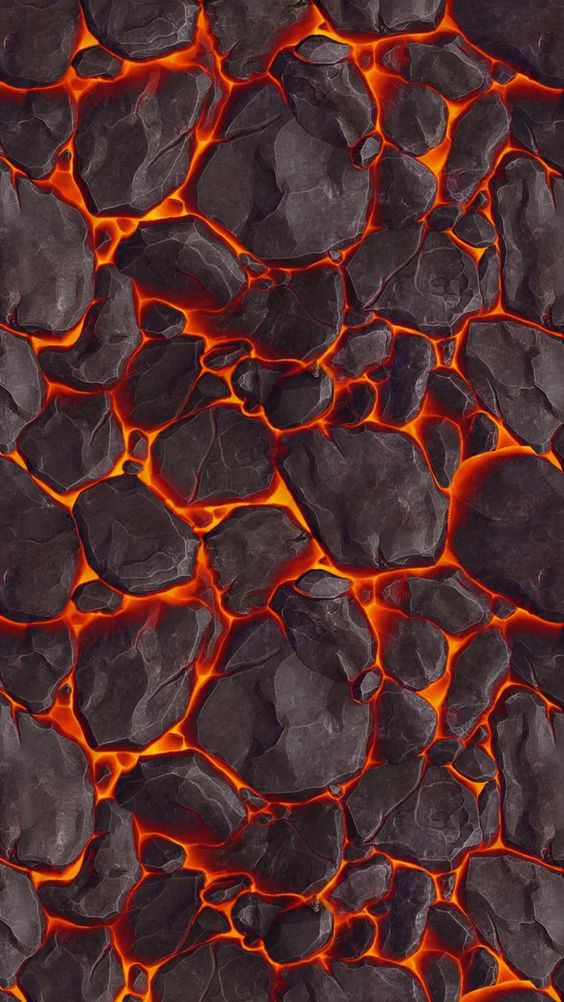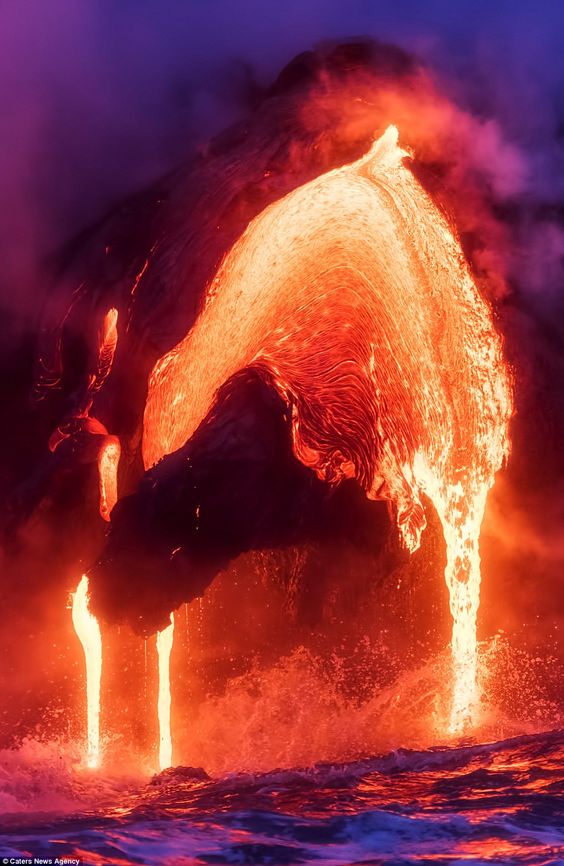When a volcanic eruption occurs, the fiery liquid that spews out of the Earth is known as lava. This molten substance is extremely hot, with temperatures exceeding 1,100 degrees Celsius (or 2,000 degrees Fahrenheit). As lava oozes across the ground, it eventually cools and hardens into rock formations. Typically, lava is the most prevalent material ejected by volcanoes that create oceanic islands such as the Galápagos and Hawaiian Islands. These flowing rivers of lava are generally between one to ten meters in thickness, although some can be up to 50-100 meters thick, depending on the type of lava and the volume of the eruption.
Have you ever wondered how long it takes for a volcano to form? Well, it’s not something that happens overnight. In fact, it can take anywhere from 10,000 to 500,000 years for a volcano to grow! This slow and steady process occurs through thousands of eruptions, with each lava flow covering the one that came before it.
When it comes to oceanic island volcanoes, things are even more fascinating. The lava first erupts from fissures, or cracks, located deep in the ocean floor. Over time, the flows continue to build up until an island finally emerges from the sea. It wasn’t until the 1950s and 1960s that scientists began sampling the deep ocean floor and discovered that most of it is made up of lava flows. Surprisingly, more lava has erupted on the sea floor than anywhere else on Earth, largely because of mid-ocean ridges. These ridges make up the longest chain of active volcanoes on our planet.
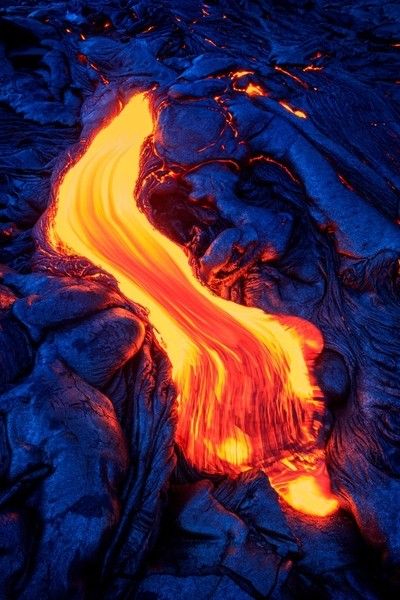
What are the Different Kinds of Lava Flows Found on Land?
When it comes to land-based lava flows, there are mainly two types – a’a (pronounced as ah-ah) and pahoehoe (pronounced as pah-hoy-hoy). These terms were originally used by Polynesians to describe the smooth and rolling ocean (pahoehoe) or the choppy and rough sea (a’a). Due to the extensive research conducted on Hawaiian volcanoes, these Polynesian words have become widely accepted as the standard descriptors of lava flow roughness.
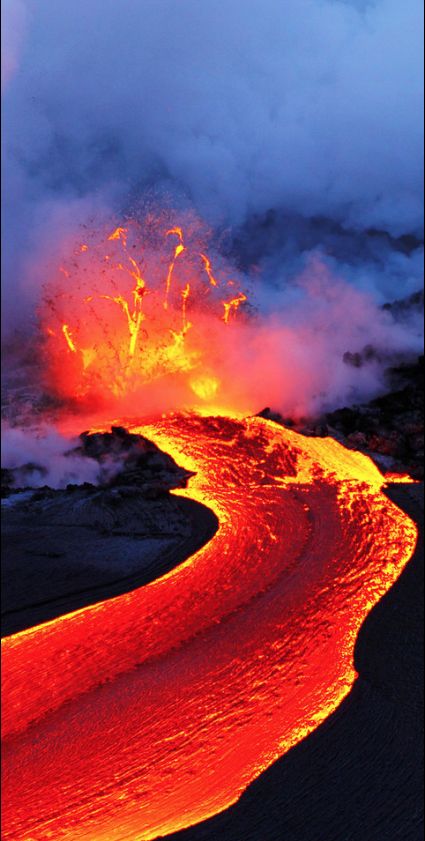
The rough and bumpy surface of a’a lava flows is a result of their high eruption rates. The top layer of the lava quickly solidifies into rock but is constantly being torn apart by the molten lava beneath it, causing rocks to break and tumble along with the flow. When the flow eventually cools and hardens, it appears as a jagged pile of loose rocks that are challenging to traverse without tripping or sustaining cuts. Charles Darwin described the a’a flows he witnessed in the Galápagos as resembling “a sea frozen in its most boisterous state.”
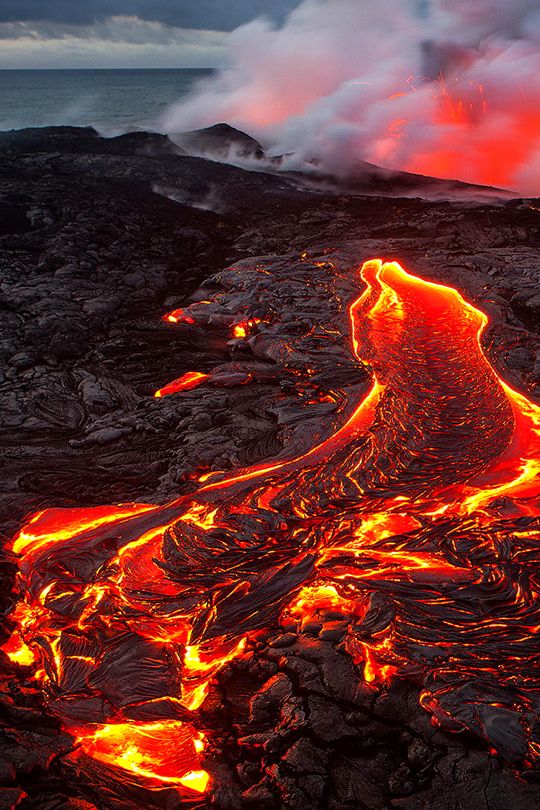
On the other hand, pahoehoe lava flows are known for their smooth surface texture, which can be attributed to their lower eruption rates. These types of lava flows tend to form thick plates with undulating surfaces and ropy textures on their outer layers.
